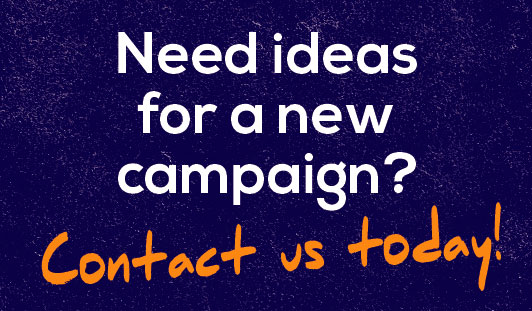What Does CMYK Stand For?
CMYK stands for Cyan, Magenta, Yellow, and Key
These are the four base inks used in process printing. By layering them in different amounts, printers can produce a wide range of shades.
For example:
· Cyan + Yellow = Green
· Magenta + Yellow = Orange
· Cyan + Magenta = Purple
The black (K) provides depth, detail, and contrast.
CMYK vs RGB in Printing
Most digital artwork starts in RGB (Red, Green, Blue), which is the colour model for screens. RGB is additive, meaning colours are created with light.
CMYK is subtractive, created by mixing inks. If you design in RGB and print directly, your colours may look muted or inaccurate. Converting files to CMYK ensures accurate colour reproduction.
This matters when ordering branded water bottles, personalised notebooks, or brochures where brand identity must remain consistent.
Why Black is Represented as ‘K’ in CMYK
The ‘K’ in CMYK stands for Key, referencing the black plate used in traditional printing. This plate aligned all other colours, providing sharpness and contrast. Without black, designs often look flat.
CMYK Printing in Promotional Merchandise
CMYK is widely used in corporate merchandise printing because it:
· Allows full-colour logos and photographs.
· Provides cost-effective production.
· Keeps colours consistent across product ranges.
From branded tote bags to custom pens, CMYK printing makes it possible to replicate complex designs affordably.
CMYK vs Pantone Colours
Both CMYK and Pantone are important in printing, but they serve different needs.
CMYK works best when:
· Printing full-colour images.
· Keeping costs down.
· Flexibility across multiple products is required.
Pantone is better when:
· Exact brand colours are critical.
· Producing large runs where spot colour is cost-effective.
· A signature shade defines the brand.
For everyday promotional campaigns, CMYK offers a practical balance between cost and quality.
Understanding CMYK Colour Percentages
Each CMYK colour is represented by percentages. For example:
· A strong blue: C: 100, M: 0, Y: 0, K: 0
· A mid-grey: C: 0, M: 0, Y: 0, K: 50
Designers often reference a CMYK colour chart to predict how designs will look when printed on different materials.
How to Prepare Artwork for CMYK Printing
To ensure your design prints correctly on promotional items:
1. Convert artwork files to CMYK mode before sending.
2. Use vector file formats (AI, EPS, PDF) for scalability.
3. Avoid bright RGB colours that don’t exist in CMYK.
4. Always request a print proof before production.
These steps reduce colour shifts and ensure your promotional merchandise looks professional.
Everyday Promotional Items Printed with CMYK
CMYK printing is used across a wide range of merchandise, including:
· Branded tote bags – perfect for giveaways.
· Corporate merchandise – mugs, pens, and stationery.
· Branded water bottles – eco-friendly and reusable.
· Personalised notebooks – popular for staff and clients.
· Marketing brochures – ensuring consistent branding across campaigns.
FAQs About CMYK Printing
What does CMYK mean in printing?
It stands for Cyan, Magenta, Yellow, and Key (Black) — the four inks used in process printing.
Is CMYK better than RGB for printing?
Yes. RGB is for screens, while CMYK ensures colour accuracy in print.
Why is CMYK important for promotional products?
It guarantees logos and brand colours stay consistent across items like tote bags, notebooks, and water bottles.
What’s the difference between CMYK and Pantone?
CMYK uses four inks to create colours, while Pantone uses pre-mixed inks for exact shades.
Can I use CMYK for all promotional items?
Yes, CMYK works for most products, though Pantone may be required for strict brand colours.
Why is black called ‘K’ in CMYK?
The ‘K’ stands for Key, the plate used to align and add depth in printing.
Final Thoughts
CMYK is the foundation of modern printing. Understanding how it works helps businesses create promotional merchandise that reflects their brand accurately.
Whether you’re ordering branded tote bags, personalised notebooks, or corporate merchandise, CMYK ensures your designs print vibrantly and consistently.


